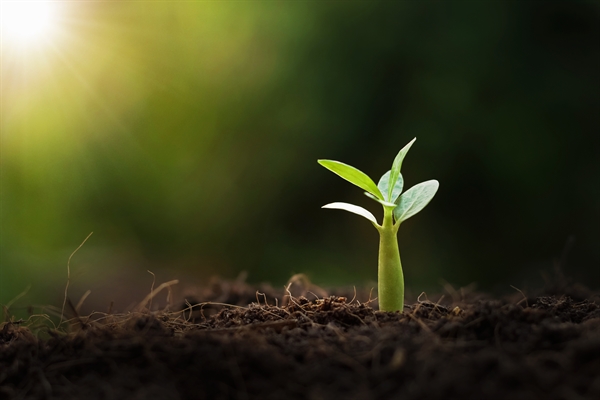
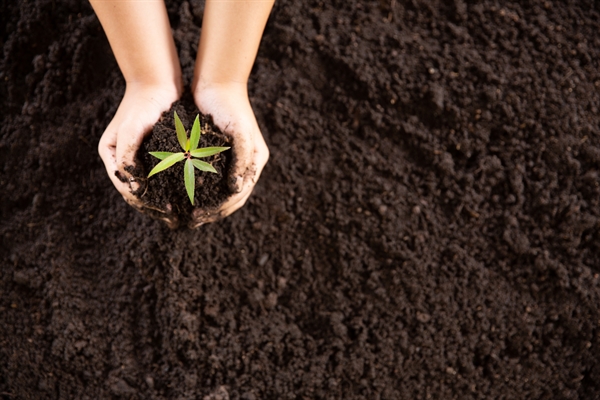
In 22554, Dominick Osborn and Devon Andrade Learned About Grass Clippings Mulch
Grass professionals often advise “topdressing” lawns with a thin layer of garden compost. The product is spread one-quarter to one-half inch thick in spring or fall, depending on local environment and soil. * Garden compost improves the moisture-holding capacity of the soil, adds nutrients, and feeds soil microbes. These microorganisms are essential to the complex procedure that makes food readily available to yard plants.
Compost spread on top of thatch can likewise speed thatch decay and eliminate the labor of mechanical elimination. However there is an issue: Compost quality varies. Whether you buy it by the bag, pick it up at the local leaf dump or have it delivered by the backyard, how can you understand that it is “good” garden compost? Consider these questions: Is it at the completed stage?Does it contain unwanted active ingredients such as dyes or developing materials?Are there viable weed seeds in the material?Could it have pesticide residues? The parent products and the composting procedure both affect the quality of the last product.
” That is to use garden compost that has gone through compost-specific testing.” Recognizing the problem this develops for consumers and the land care industry alike, the USCC began the Seal of Testing Guarantee (STA) in 2000. STA is a testing, labeling, and disclosure program developed to bring presence into the world of compost sales.
STA takes a look at 14 compost attributes consisting of organic matter, salts, p H, major nutrients, pathogens, metals, stability, and maturity. Rattie says one of the greatest concerns is the existence of pesticide residuals. Well-made compost, nevertheless, brings little of this threat. “An appropriate composting system destroys the frustrating bulk of pesticides and herbicides,” says Rattie.
” Most of STA individuals offer wholesale through local landscape supply yards, garden centers, and through direct sales,” states Rattie. USCC provides several resources to find STA compost and a calculator to help identify the quantity: Find a list of 200+ STA individuals See Purchase Compost.com and use the USCC’s garden compost calculator on the upper right of the homepage.
” Bagged compost materials only one cubic foot of product,” he says. “It takes 27 bags to get one cubic yard. Do the mathematics!” When we used the garden compost calculator used by the USCC at Buy Compost.com, we discovered that a one-quarter inch layer on a quarter-acre yard (10,000 square feet) needs 7.7 cubic yards or 5.9 cubic meters of compost.
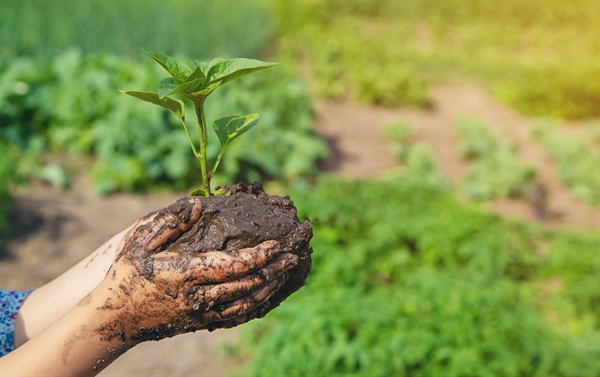
” Golf course and ball park superintendents having been utilizing this method effectively for several years,” he states. Garden compost is spread out in spring or fall, however there are very important subtleties. In cool-season areas, the spring application is usually lighter and the fall application heavier. In the south, topdress warm-season turfs in early spring.
Basically, garden compost is decomposed natural matter but that doesn’t describe much. To a romantic, garden compost is the extremely essence of life. The living aspect of the soil accountable for a myriad of the most sublime and complicated procedures understood to man. Organisms nourishing organisms all the method up the food chain from simple bacterium to crops to human beings, none of it possible without decayed natural matter: garden compost.
In Dyersburg, TN, Carlo Good and Kash Vasquez Learned About Grass Clippings As Mulch
It is the things of life, brimming with bacteria that end up being part of the nutrition cycle of plants. Garden compost can be made little scale; in a yard or below a sink, or large scale; in giant windrows turned by front-end loaders or other customized equipment. In either case, it is all about decaying natural matter till all that is left is a rich, dark, musty, nearly fragrant compound with the consistency of potting soil.
Hay, straw, fish gurry, animal manure, twigs, tree bark, and seashells are often used to make up the composition of garden compost. The garden compost is generally mixed 2 parts dry product (bark, leaves) to one part wet or green product (lawn clippings, fish gurry) and left in either containers, stacks or windrows to decay.
Disintegrating garden compost ought to remain evenly damp but not wet. Depending upon the type of composting system, it can take anywhere from a few months to a year or more to finish the procedure, often referred to as “cooking.” Actively decaying compost is said to be cooking since temperatures can reach anywhere from 120 to 160 F.
Caution Compost is ruled out effectively cooked unless it has reached these heats enough time to sanitize weed seeds and get rid of damaging germs discovered in some manures. Ultimately, more complex organisms like amoeba and nematodes consume the easier germs and fungi, the stack begins cooling while the nutrients in the compost end up being more and more concentrated from their waste items and additional decay.
Compost that is not completely finished can have an ammonia smell to it and may not deliver the desired effects or it can even hurt the plants as it continues to cook. It’s the microorganisms in garden compost that provide it its magic. Countless microbes go to work in the soil, biking nutrients and making them offered to be taken up by the plant.
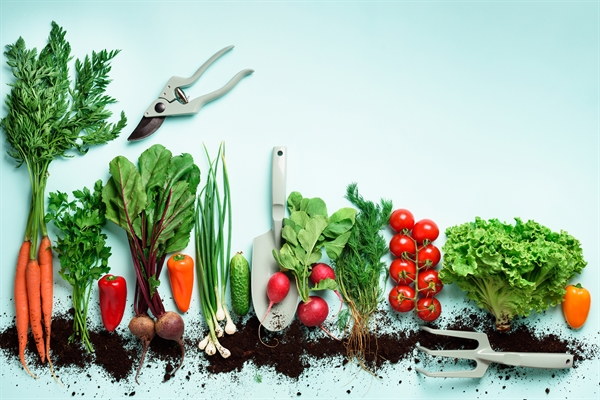
Compost is likewise packed with micronutrients and other complicated biology that is exceptionally beneficial for plant development. Compost includes life to the food web, ultimately resulting in healthier lawn. Great quality compost includes a high percentage of finished raw material with the rest being made up by smaller sized incomplete natural matter like wood chips, sawdust, seas shells and mulched leaf matter.
Compost can be spread by hand with shovels by utilizing a throwing action to try and achieve a layer about 1/4″ thick. It can be ravelled with a rake to mix it in a little better and after numerous days it will not even be obvious on the surface of the yard.
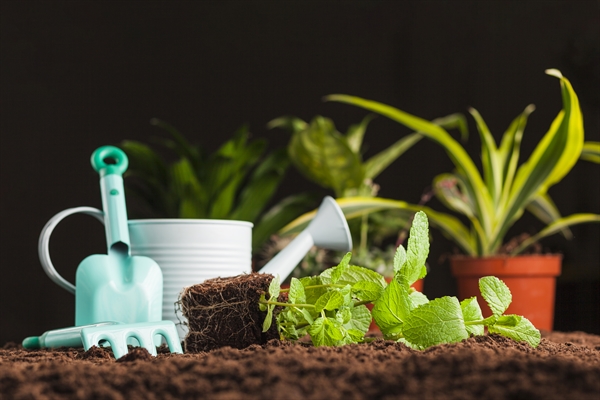
Using the compost right away after seeding and aerating is an exceptional way to integrate the compost directly into the soil and provide a jump start for seedlings. Just doing this as soon as or twice a year will benefit the yard more than numerous quick-fix products that are hassle-free but not constantly the very best choice.
In Kent, OH, Jeremy Yoder and Camilla Trevino Learned About Picking Up Grass Clippings
Preferably, a yard would be topdressed with compost several times a year but a composting program will ultimately be determined by time and money. The target for a composting program ought to for a lawn’s soil to consist of 5% raw material. It seems like a little amount however it can take years to develop in particular soils.
As soon as raw material begins to develop in the soil, topdressing can be cut back to one or two times a year. Likewise, the need to fertilize and water the lawn will start to decline as the soil begins to offer ideal growing conditions for grass. Weed, insect and illness pressure will decrease as well, leading to cost savings over the long term as the work of the healthy soil changes the life support group of synthetic fertilizers and chemical pesticides.
House & Garden Green Living How to Top-Dress Lawns with Garden Compost By Cathy Cromell, The National Gardening Association If you’ve gone through the effort of making abundant garden compost of your own, you can use it to top-dress your yard for thicker, healthier turf. You can utilize garden compost to top-dress both new and existing lawns.
Top-dressing is specifically valuable in arid environments or throughout dry or breezy spells, where the soil and seeds quickly dry out within hours. (If a germinated seed dries, it’s a goner.) On an existing lawn: Top-dressing with garden compost may likewise rejuvenate existing yards. Yards often become compressed with time from foot traffic, play, and mowing, which avoids air, water, and nutrients from distributing easily through the grass’s root zone.
To core aerate a small spot of turf, use a specific foot press that you can discover at your local home and garden shop. For big lawns, lease a device from an equipment supply business or employ a lawn upkeep company. When top-dressing with compost, you need to only use evaluated garden compost or compost with particle sizes of 3/8-inch or less.
Likewise, take care to top-dress with garden compost that’s ensured without weed seeds, or you might be sowing a future weeding nightmare into your yard! No matter where you live, the very best time to aerate and top-dress your lawn is when it is most actively growing. This allows the lawn to vigorously rebound after having holes punched in it.
Prevent aerating these yards during summer’s intense heat, which might worry roots. Although some development happens in early fall, these types of grasses go semi- or completely inactive as weather cools, making recovery after a late aeration more stressful. Likewise, early aeration promotes better penetration of summer and fall rains through the soil when it’s most advantageous for development.

If you reside in a warm environment that allows year-round lawns, you have different alternatives. The best time to aerate and top-dress is early to mid-summer when your warm-season lawn (such as Bermuda lawn) is actively growing. You ought to also use garden compost top-dressing (without aeration) after overseeding your summer yard with a cool-season turf (such as ryegrass) in the fall.

In Mableton, GA, Abdiel Carson and Paige Dickson Learned About How To Dry Grass
The arrival of summertime advises us that it’s not too late to nourish your yard the healthy way with natural compost from World Natural. As lawn-spraying services expand their grip on suburbia it’s important to remember that utilizing natural practices to encourage yard in your yard secures your pets and family from hazardous chemical fertilizers and herbicides.
It will greatly increase useful microbial activity in your soil, benefiting your yard even more. And it’s a great way to treat the areas in your lawn that are thin, brown and unhealthy. From Organic Lawns, Healthy Soil: “Established lawns benefit considerably from a single annual application of garden compost, even more significantly from two.
Depending on your lawn’s size, a wheel barrow and a shovel might be the best way to disperse compost around your yard, followed by a great raking (a push broom will also work) to distribute it more equally. Though tough to discover and bothersome to utilize efficiently, a garden compost wheel or peat spreader can distribute garden compost throughout small backyards though they can be hard to push and need to be filled up frequently.
Garden compost must be spread out no more than a half-inch deep. The idea is not to bury yard blades, smothering them and keeping them from sunlight. If that implies less than a half-inch of garden compost, then minimize your application. You desire turf blades exposed to oxygen and sunshine. Using compost to issue locations will likewise assist cure them.” Including compost will assist your yard’s soil keep moisture throughout the long hot months of summertime, keeping your yard greener longer.
Do Compost: Grass clippings, leaves, stalks, dead plants, twigs approximately pencil size, and a lot of weeds. Don’t Garden compost: Weed seeds and intrusive weeds like ivy (they resprout!), unhealthy plants, animal waste, clippings treated with weed or bug killers, or food waste. Rather, try the rodent-resistant approaches explained in Food Waste Composting.
It takes 6 to 12 months for soil animals to alter a lot of backyard waste into ended up compost. For faster composting, keep your stack as damp as a wrung-out sponge. Chop up stalks and branches. Mix “green” materials like lawn clippings with “browns” like fall leaves and stalks. Sign Cause Option Bad smells Pile too damp, no air, or contains food or animal waste Turn pile.
Remove food. Pile is dry Not adequate water Turn pile. Include water to keep as wet as a sponge. Moist enough, however slow composting Inadequate “greens” Turn pile. Include “greens” like lawn, plants, or manure Slimy grass, ammonia smell Too much fresh grass in stack Leave clippings on lawn, rather of composting.
Stack shrunken, however looks un-decomposed Leading too dry, completed garden compost is at bottom Harvest ended up compost from bottom. Start brand-new stack with un-composted material. Contact the specialists at the Garden Hotline at (206) 633-0224 (language analysis readily available) or at Garden Hotline. Composting at Home Guide (pdf) – Demand a free copy.
In 7410, Jaiden Calderon and Giada Krause Learned About When To Compost Lawn
Garden Compost Resource List (pdf) – Lists bin providers, tools, and more. Composting Questions & Responses (pdf) – Responses to some common questions. Tilth Alliance – Uses classes in composting and natural gardening, and home-made compost bin strategies.